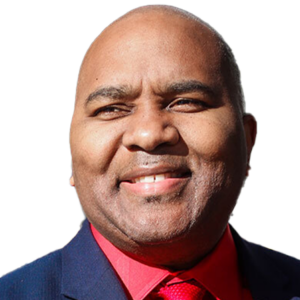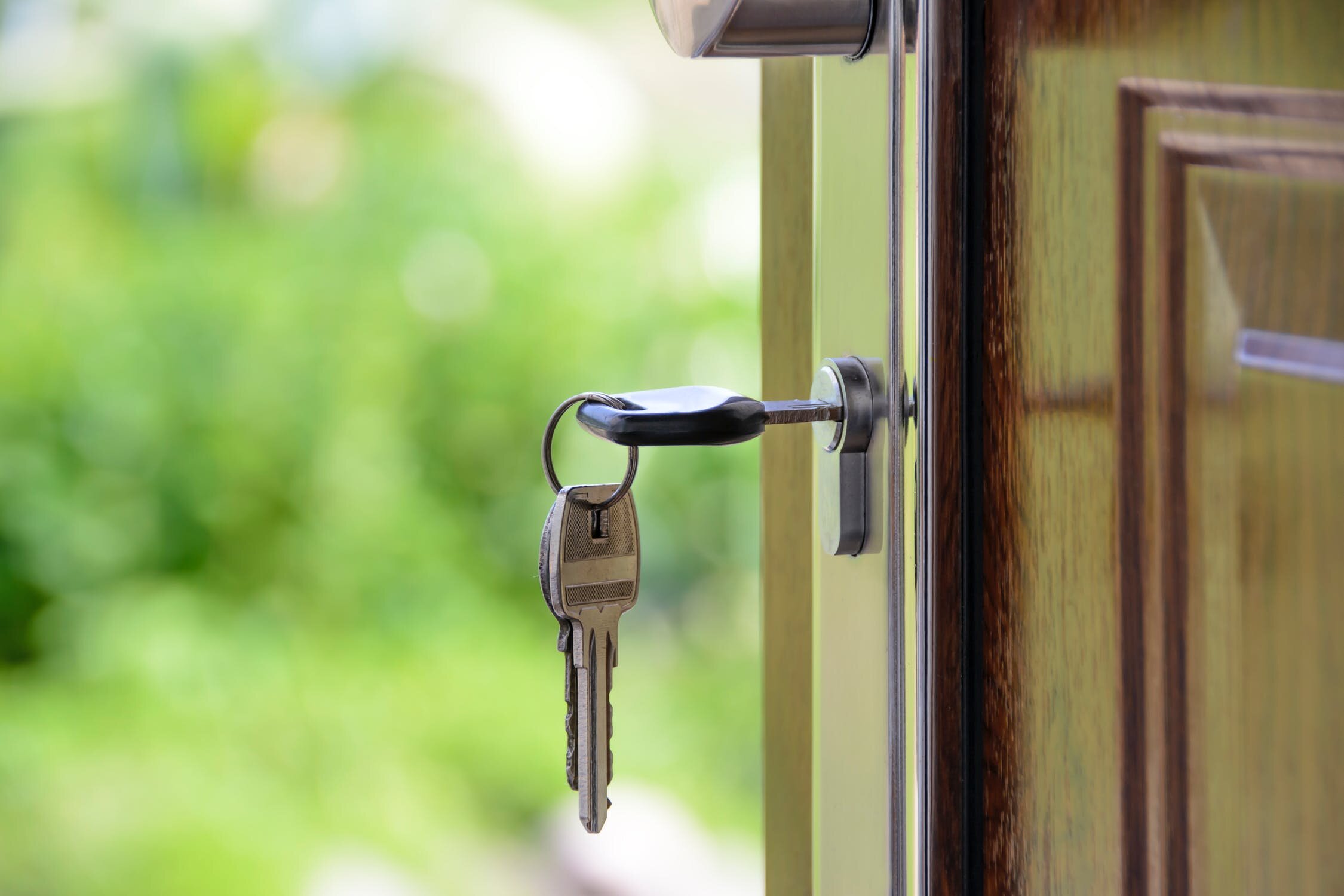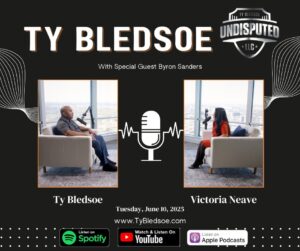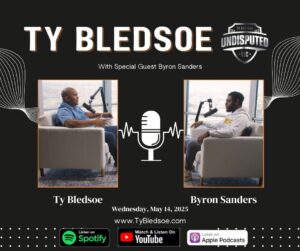Affordable housing the U.S. has always been a point of contention, particularly regarding race relations. The passing of the Fair Housing Act (Title VIII of the Civil Rights Act) in 1968 helped to curb discrimination, but there is still evidence throughout the nation that issues surrounding affordable housing need to be addressed.
Out-of-Context Federal Pushback
As the country evolves, some laws that were put into place decades ago are getting lost in the context of modern situations. Just last year, for example, the Department of Housing and Urban Development (HUD) blocked a San Francisco housing plan aimed at helping minorities stay in the city. San Francisco, one of the most expensive cities in the country, has seen its African American population plummet from 13.7 percent in the 1970s to just 5.7 percent today.
Amos C. Brown, president of the San Francisco NAACP has commented on the issue in the past: “The black population (has been) dislocated in this town…There are not enough blacks left in this town to even fill up Candlestick Park. We ought to have respect for the worth and dignity of all human life.”
The housing plan would have set aside 40 percent of all new subsidized units for qualified people already living in or near the district in which the development was being built. The goal was to help African Americans improve their odds of being selected in lotteries for below market units.
HUD rejected the law on the grounds that it violated fair-housing requirements. On the surface, HUD’s decision seems valid, as those are the same laws that have been used in the past by predominately White neighborhoods to block out minorities. However, the issue needs to be considered within the context of San Francisco’s serious and steady decline in African American residents.
To prevent this cultural detachment, organizations have surfaced seeking to address the issue more proactively. Baltimore’s first “Innovation District,” co-founded by Richard May, aims to stimulate a more creative-driven economy for African Americans in the area. These districts serve to connect anchor institutions, startups, and business accelerators in an easily accessible area.
Successful execution of this project will create both ownership opportunity and increase buying power in the community. “Our model is based off of identifying strategic industries and clusters that build off of the strengths of the university assets and cultural assets,” May said.
Minority Access to Affordable Housing
Another important issue is the fact that even when affordable housing options emerge, it doesn’t necessarily mean that minorities will have access. A recent trend among gentrifying cities is the development of what one report calls “POSH buildings” (Politically Opportune Subsidized Housing).
With these developments, developers use low-income tax credits to construct modern and appealing, yet affordable buildings in high activity areas. Often, however, they are priced near the top of the “affordable” spectrum in such a way that families or those truly in need of affordable housing cannot actually afford them. The concept seems to counter the very purpose of affordable housing.
Still, there are some silver linings to these developments. “POSH” properties do indeed help young, passionate people live in the hearts of cities as opposed to the outskirts or suburbs. They can also help typically high-end neighborhoods become more diverse and help to prevent the “not-in-my-backyard” mentality that affordable housing often faces.
The problem is that many of these developments end up being rented out to mostly White tenants. The report gave examples of the A-Mill Lofts, Buzza Historic Lofts, Carleton Place Lofts, and Schmidt Artist Lofts in Minnesota which were all occupied by 80 percent White tenants or higher. “You have to try really, really hard to find 80 or 85 percent White people in the poor population of Minneapolis,” legal aid lawyer, Jay Wilkinson, said in the report.
Still, there have been recent strides in other private sectors that aim curb this issue. Earlier in March, Wells Fargo announced at an Atlanta press conference that they are allocating an unprecedented $60 billion to lend to at least 250,000 black homeowners by 2027.
Geographic Segregation
The opposite and more obvious issue regarding minorities and affordable housing is the over-development in predominately Black, inner-city areas. This is one of the main problems that the Fair Housing Act aimed to correct, but government officials have declined to uphold the law for decades. This being the case, those affected by the issue often rely on civil liberties groups to fight for their rights.
Fortunately, a Supreme Court ruling from 2015 set a precedent that will help the Fair Housing Act fulfill its intentions. In the case, a Texas nonprofit argued that an affordable housing project had allocated too many tax credits to developments in predominantly Black inner city areas and too few in predominantly White suburban areas. The Supreme Court agreed that this had a “disparate impact” on Black citizens and sent the case back to the lower court for further proceedings.
Supreme Court Justice, Anthony Kennedy, wrote the majority opinion for this case saying, “Much progress remains to be made in our Nation’s continuing struggle against racial isolation. In striving to achieve our ‘historic commitment to creating an integrated society,’ we must remain wary of policies that reduce homeowners to nothing more than their race.”
Other disputes have since arisen providing evidence that continuing to build affordable housing projects exclusively in impoverished, predominately Black areas deepens segregation and the concentration of poverty. It would seem that the country is finally starting to address this issue thanks to the upholding of a decades old law, but this does not mean that it should be ignored.
Looking Forward
There are many other issues facing affordable housing and the coinciding racial disparity, but there are several organizations throughout the nation taking important steps towards putting the issue to rest.
California Community Builders is a non-profit based in the state’s Central Valley area. This organization serves to directly decrease the housing gap by addressing public policy issues, developing modern affordable homes, and providing services to low-income families with community support.
The Nehemiah Corporation of America, founded in Sacramento, serves communities across the country by increasing and fostering home ownership opportunities, as well as engaging in charitable initiatives for underserved neighborhoods. Efforts like the Nehemiah Community Reinvestment Fund help to directly create these opportunities.
Last year, Wells Fargo donated $50,000 to the fund as part of their Housing Foundation Priority Markets Program. “We used the grant funds to renovate a foreclosed property located in north Sacramento that had been vandalized and was boarded up, contributing to neighborhood blight,” said CEO Scott Syphax at the time. “Once the sale is complete, the grant funds will be recycled to provide additional homeownership opportunities to low income families in the Sacramento area.”
Initiatives like these are vital to closing the housing gap in the United States. We must continue the conversation, but also employ actionable strategies that will benefit the most affected groups.






